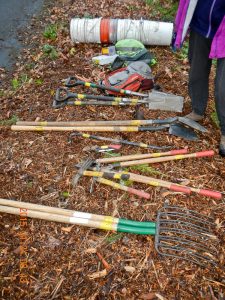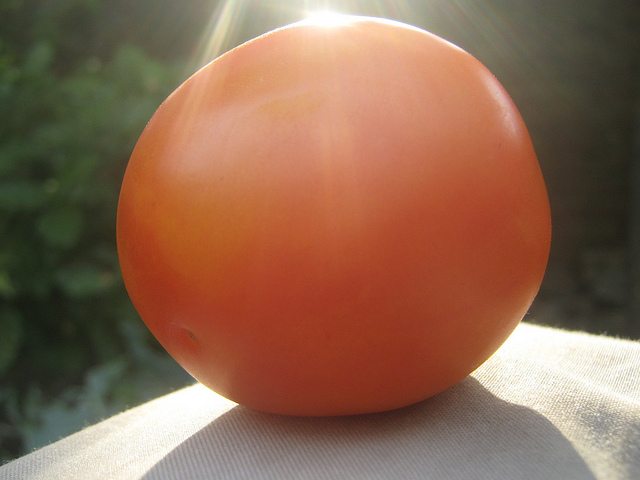 Proper gardening requires more than just soil and water. You also need the right tools to do the job. The amount that you spend on them doesn’t matter as long as they fit into one of these necessary categories:
Proper gardening requires more than just soil and water. You also need the right tools to do the job. The amount that you spend on them doesn’t matter as long as they fit into one of these necessary categories:
Preparing
Your soil needs to be the right consistency and have the best chemical makeup before you begin planting. You can test your soil’s pH with a testing meter. The results will let you know what you need to add to make your soil either more acidic or more alkaline. Depending on the type of soil that you have, you may need a rototiller to loosen it before you can plant your crops. The Mantis 2-Cycle Tiller is my favorite. While this isn’t always necessary and in some cases, may cause more harm than good, if you live in an area with heavy clay soil, you may want to use one. A bow rake will also help you distribute soil and even out everything. Lastly, a wheeled garden cart is universally useful, and can hold everything from bags of soil to tools and even harvested crops. Also, it will save your back and let you garden longer.
Planting
You need several tools when planting your crops. The most useful is a shovel and trowel. There are different types to choose from, some with flattened and squared tips to pointed ones, depending on the density of your soil and the size of the crops that you will be planting. Also recommended are a nylon pad to kneel on, in order to make your planting posture more comfortable (they make wheeled stools as well), and gardening gloves. Something heavy duty and made of leather will fit most needs, although ones made of synthetic material will be more comfortable. If you plan on planting bulbs, there are specialized bulb planters for that very purpose.
Caring
Watering your crops should be done right. You’ll need a hose (unless you have a small container garden on a porch or balcony, in which case you can just use a watering can) and a nozzle attachment. A water wand is a long nozzle that provides access to hard to reach spaces. Consider it a the gardening equivalent of the plastic wands that attach to your vacuum cleaner. There are also special soaker hoses that have holes in them that allow water to trickle out from more than one area, making it easy to water more than one section of your garden at a time. You’ll also need a weeding tool. These are available with either long or short handles, and are advertised as such.
Harvesting
This is the fun part, because you’ll get to enjoy the fruits and vegetables that you’ve been lovingly caring for all season long. In order to comfortably harvest them, you’ll need a few things from the planting category, notably the pad or stool, plus your gloves. A pair of garden shears, a harvesting knife, a potato fork, and a series of bags or bins to hold everything round out this category.
Storing
Once you have the right tools, you’ll need a place to store them. Large tools, such as full size shovels, should be hung on a wall in either a storage shed or garage. Smaller ones can go in a special gardening tool bag that you can carry around with you. This will ensure that you have everything that you need at your fingertips while you are caring for your crops.
Pic by Luke McGuff





Hi there, Great tips by the way and thank you. I did
have a question though. I’m hoping you can answer it for me since you seem to be pretty knowledgeable
about gardening. Will a DIY vinegar herbicide affect
soil acidity? I have a garden bed that I want
to use herbacide on but I don’t want to ruin the soil.
If you had some insight I would greatly appreciate it.
Hi! Thanks for the comment. Yes, it will affect soil acidity; but, it is temporary. Vinegar will break down in water. So, the next watering or the next rain will likely wash the affects away.